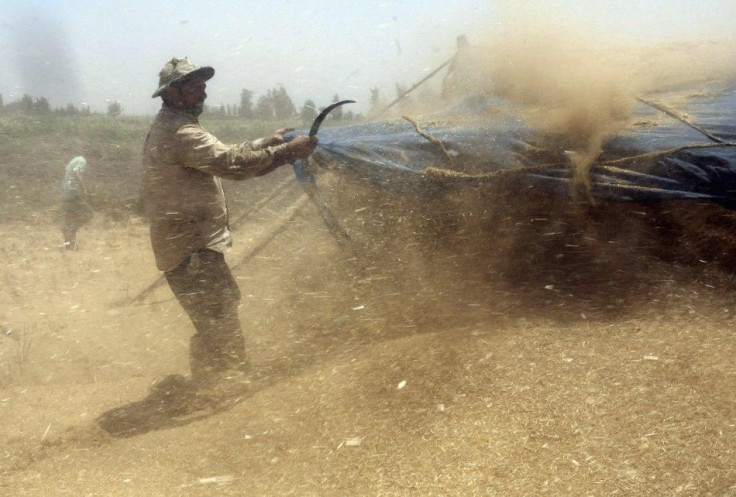Australia Advised to Prepare for Drier, Warmer Winter; Wheat-Producing Regions at Risk

A looming El Niño has been seen to most likely affect Australian weather temperaments this winter. According to the latest seasonal outlooks by the Bureau of Meteorology, Australians ought to prepare for a drier, warmer winter this year, 2014.
The bureau's June-to-August seasonal outlook showed below average rain on the horizon as well as a high chance of warmer-than-average winter temperatures.
Read: El Niño-pocalypse: NASA Photo Shows 2014 Weather Event to be the Worst in Decades, Severe Than 1997?
Southern Western Australia, most of South Australia, southern Queensland, New South Wales and northern Victoria have 60 per cent chances of experiencing below-average rainfall, the BoM said, affecting wheat-growing regions.
"The crop has got quite a good start and there'd be reasonable subsoil moisture levels around," Tom Howard, group general manager of origination and communications at Emerald Grain Pty, a Melbourne-based trader, told Bloomberg. "We're keeping one eye on what those forward weather maps are looking like."
Read: El Niño-pocalypse 2014: NOAA Map Shows Impact Severity around the Globe; How Commodities Move During Such Weather Event (PHOTOS)
In April, BoM gave off a forecast of 60 per cent chance of a wetter May to July in southern Western Australia, and same chances of a wetter or drier-than-normal for most of the country for three months.
In March, the Australian government said the country's wheat produce may slide 8.2 per cent to 24.8 million metric tonnes in 2014-2015.
Read: 2014 El Niño Is In by July - Australia
"It's not good for farmers," Daily Telegraph quoted senior climatologist Darren Ray said. "We're seeing signs develop towards El Nino conditions ... (which will) result in dry conditions in late winter and spring."
"(This could) raise concerns about potential water availability issues in some areas as this is a time when we do capture a lot of our water."
Read: 2014 El Niño: World Prepares for Major Impacts
According to Andrew Watkins, BoM's manager of climate prediction services, the Australian climate is currently being influenced by a warming tropical Pacific and an easing of warmth in the eastern Indian Ocean.
"Some models have us going into El Niño by July, some a little later, generally all our models are warming up that Pacific Ocean, making things a bit more El Nino like," Watkins said.





















